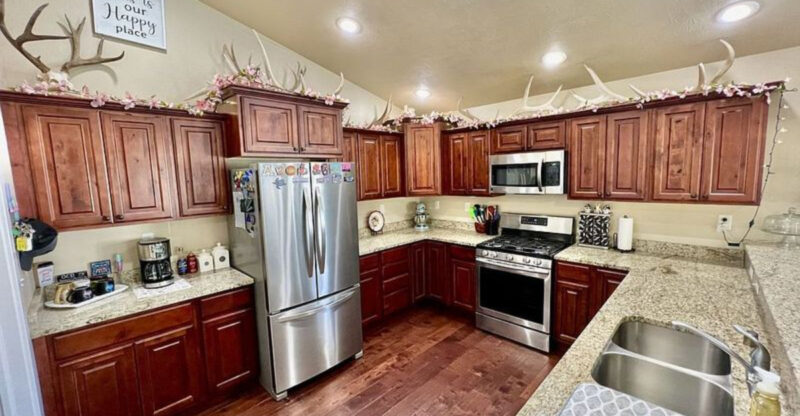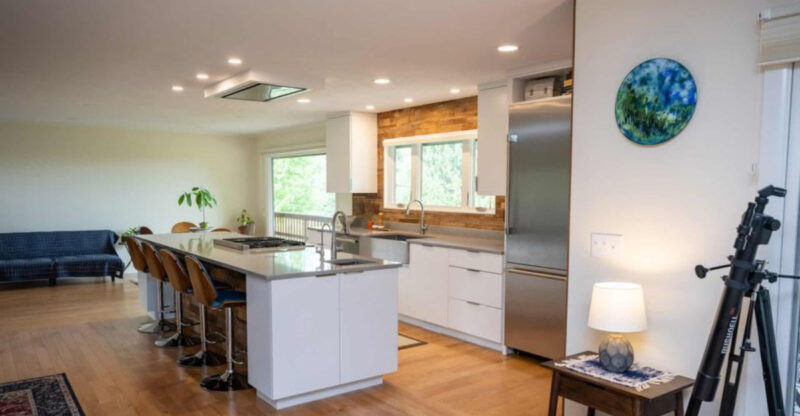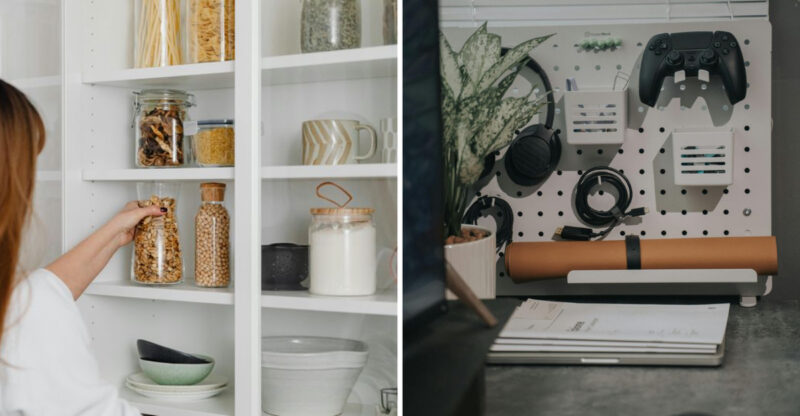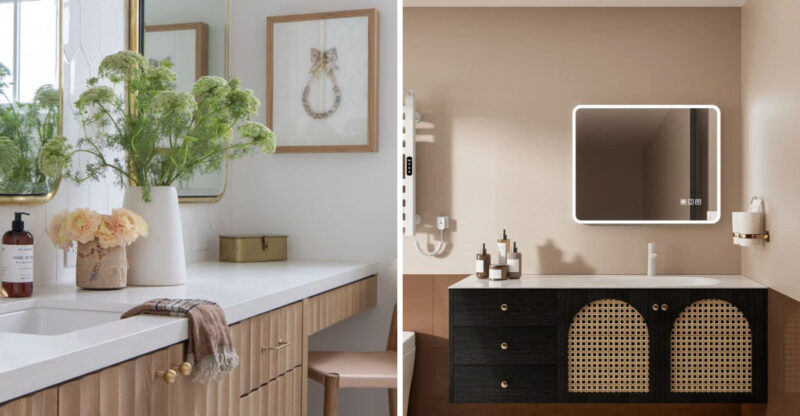8 Kitchen “Icks” That Instantly Turn Off Homebuyers, According To Real Estate Pros
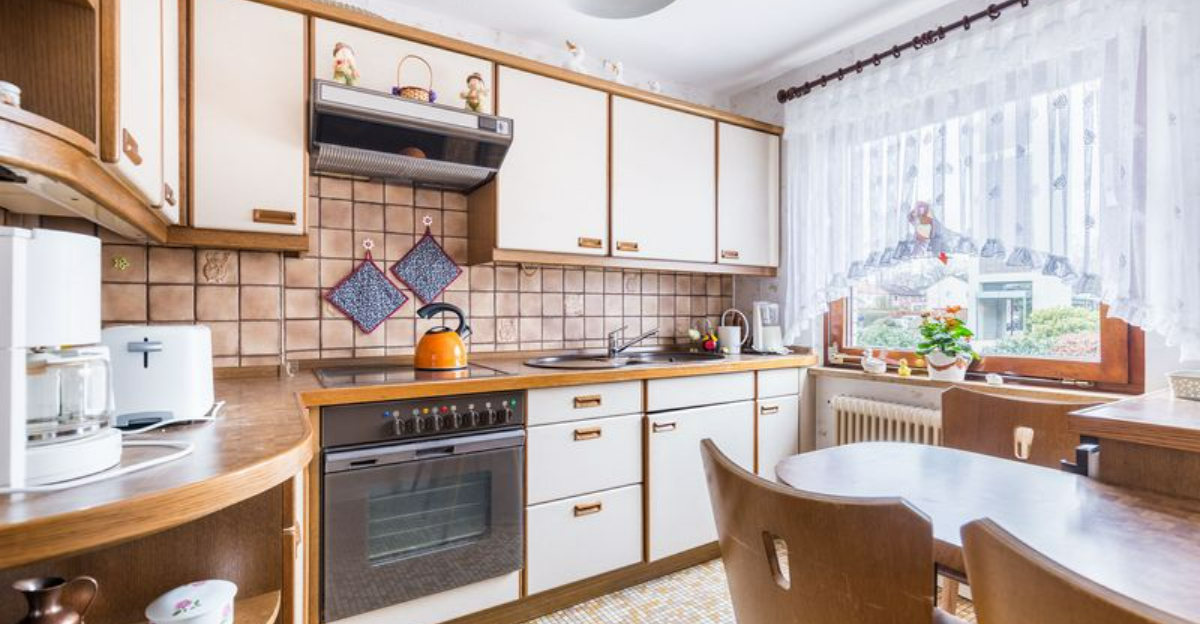
When selling your home, the kitchen can make or break the deal. As the heart of any home, it’s often the first place potential buyers evaluate critically. Real estate professionals consistently report that certain kitchen features send buyers running for the exit before they’ve even checked out the rest of the house.
I’ve gathered insights from top agents about what makes buyers say “no thanks” when touring kitchens.
1. Poor Lighting Fixtures
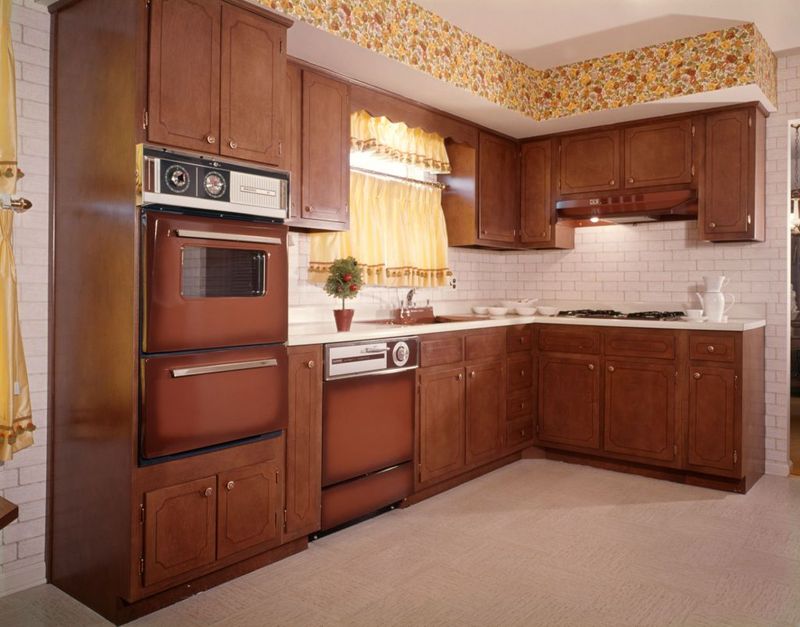
That fluorescent box light from 1985 isn’t doing your kitchen any favors! Dated or inadequate lighting makes even spacious kitchens feel gloomy and uninviting to potential buyers. Dim corners and shadowy workspaces create an immediate negative impression.
Several agents mentioned that buyers frequently comment on lighting during viewings – it’s one of the first things they notice and assess. Modern, bright fixtures can transform a kitchen’s appeal for a relatively small investment.
2. Impractical Layout and Workflow
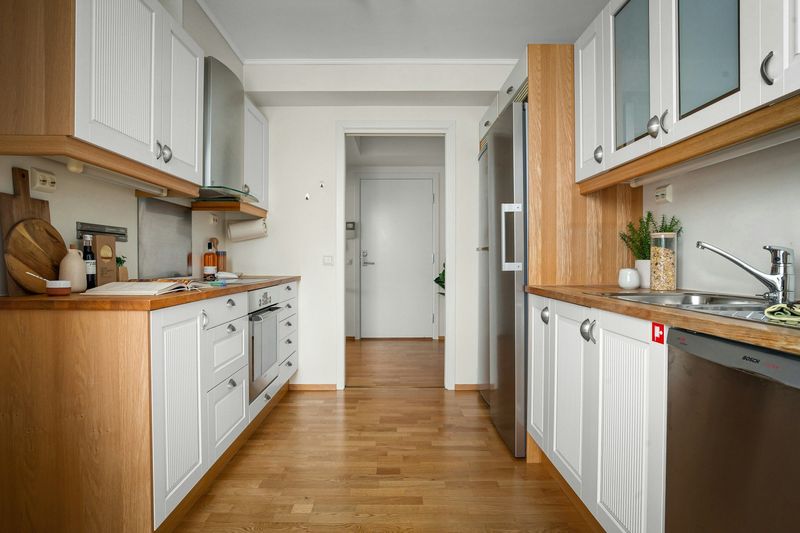
A refrigerator that blocks a doorway when opened or a dishwasher that prevents access to cabinets – these layout flaws make buyers cringe. Impractical kitchen arrangements signal daily frustration ahead. Real estate pros note that modern buyers are particularly attuned to workflow issues.
The classic “work triangle” between sink, stove, and refrigerator remains important. Awkward layouts with insufficient counter space beside major appliances frequently appear on buyers’ dealbreaker lists, regardless of how attractive the finishes might be.
3. Mismatched Appliance Graveyard
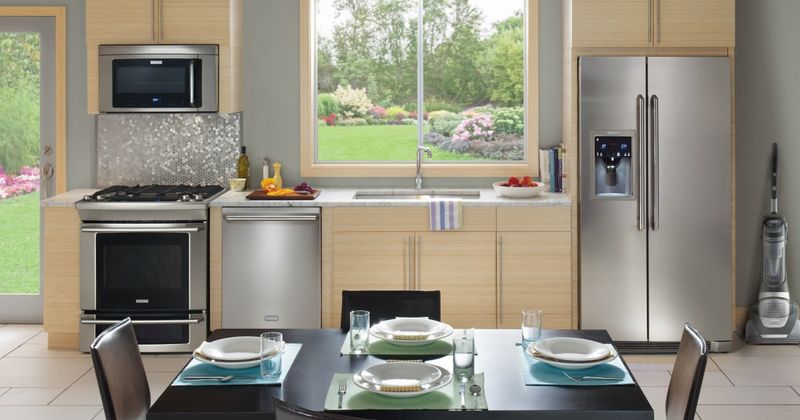
The black refrigerator, white dishwasher, and almond-colored stove create what agents call the “appliance graveyard” effect. This hodgepodge suggests piecemeal replacements due to failures rather than thoughtful upgrades. Buyers typically want cohesive, functioning appliances that won’t need immediate replacement.
Even if everything works perfectly, the visual discord of mismatched finishes creates a mental note of “future expenses” for potential buyers. Matching appliances signal a well-maintained kitchen.
4. Outdated Laminate Countertops
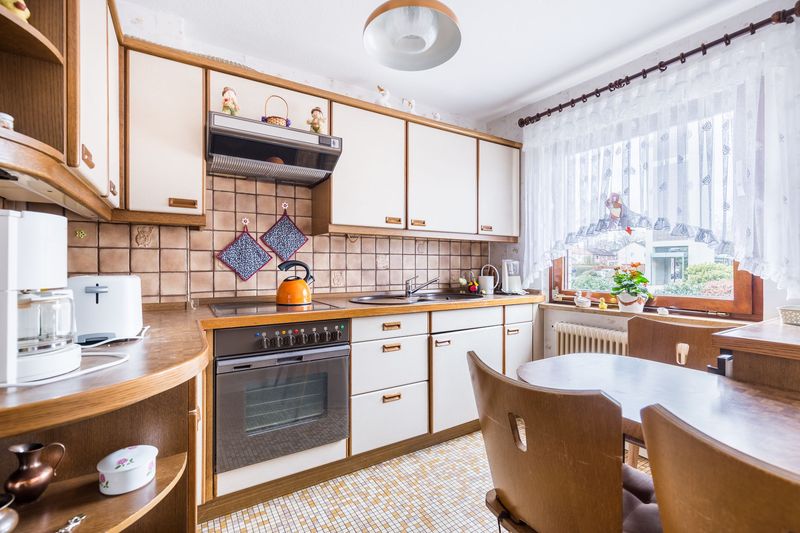
Remember those speckled beige laminate countertops from the 90s? Buyers certainly do – and not fondly. Dated laminate surfaces with visible seams, burns, or water damage immediately age your kitchen by decades. Real estate agents report that buyers often can’t see past worn countertops, even in otherwise updated spaces.
The perception is that replacing them will be costly and inconvenient, pushing many potential buyers to simply move on to the next listing.
5. Lingering Food Odors

Your famous fish curry might taste amazing, but its lingering aroma could cost you thousands in your home sale. Persistent cooking smells embedded in curtains, cabinets, and walls create an immediate negative impression that’s hard to shake.
Many buyers can’t imagine themselves preparing meals in a space that smells like someone else’s food. Agents recommend deep cleaning, repainting, and avoiding strong-smelling cooking for weeks before showings. Fresh doesn’t mean heavily perfumed – artificial scents can be just as off-putting.
6. Grimy Grout and Moldy Caulk
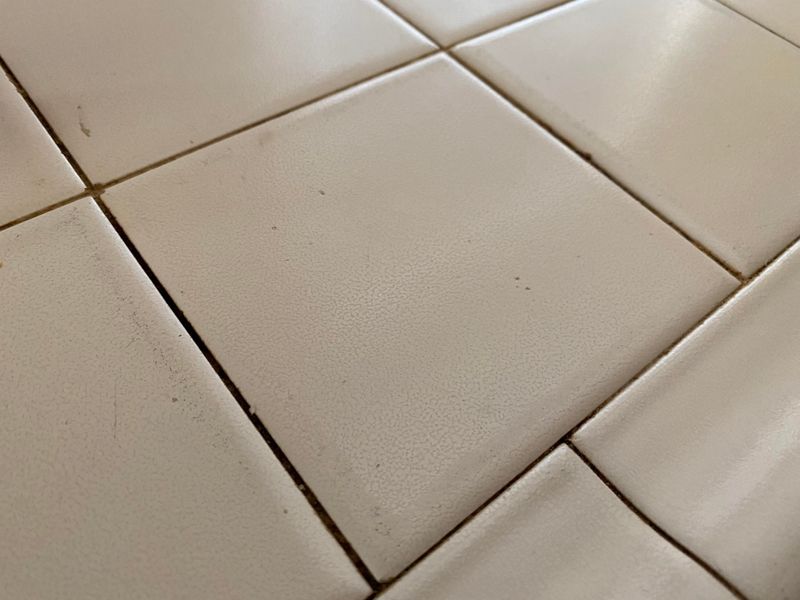
Nothing screams neglect louder than blackened grout lines and moldy caulk around your sink and backsplash. These seemingly small details actually signal to buyers that deeper maintenance issues might be lurking elsewhere.
Most buyers mentally calculate cleaning costs or, worse, complete renovation expenses when they spot these problems. Even if your appliances are top-notch, dirty grout can make the entire kitchen feel unsanitary.
7. Cluttered Countertops and Cabinets
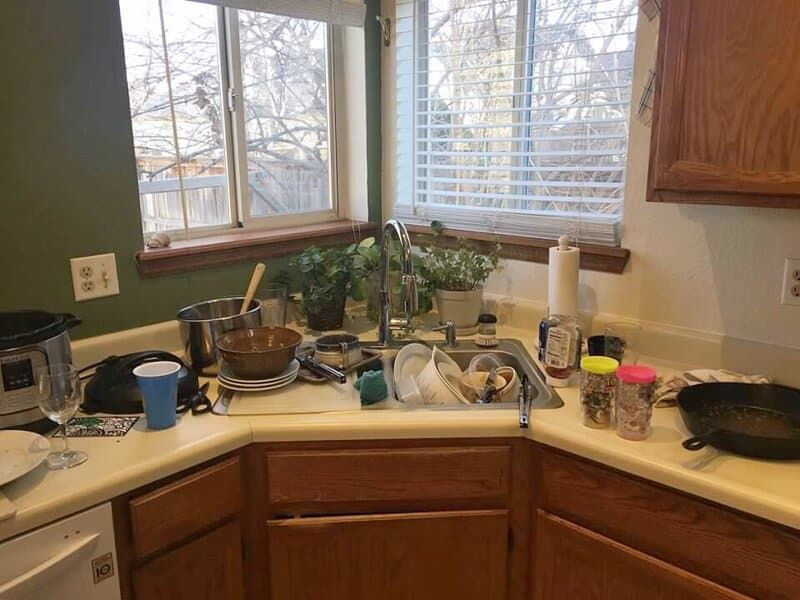
Buyers want to envision their morning coffee routine in your kitchen—not navigate around your collection of small appliances and gadgets. Overstuffed cabinets that barely close suggest the kitchen lacks adequate storage.
When every inch of counter space is occupied, the kitchen appears smaller and less functional than it actually is. One agent told me that cluttered kitchens consistently rank among buyers’ top complaints, often preventing them from appreciating the space’s true potential.
8. Damaged or Sticky Cabinet Doors
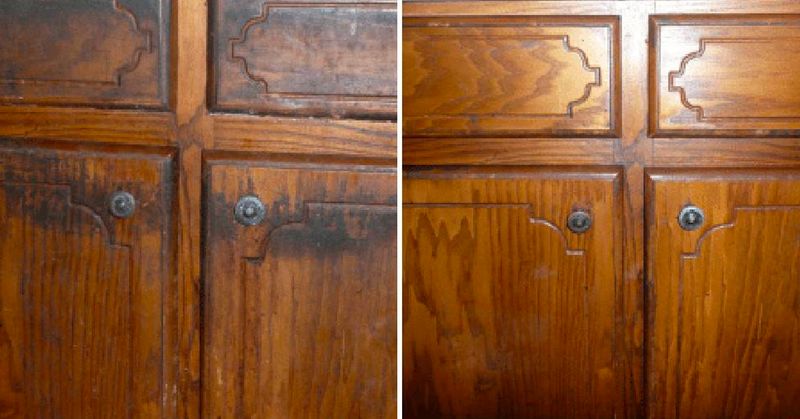
Cabinet doors that stick, sag, or don’t close properly are major red flags for buyers. During showings, people naturally open cabinets to assess storage – and when they encounter resistance or stickiness, they immediately assume worst-case scenarios.
The tactile experience of using a kitchen is surprisingly important. One agent shared that buyers often judge the entire home’s condition based on how cabinet doors feel when opened. Sticky residue from cooking oils or fingerprints compounds the negative impression.


